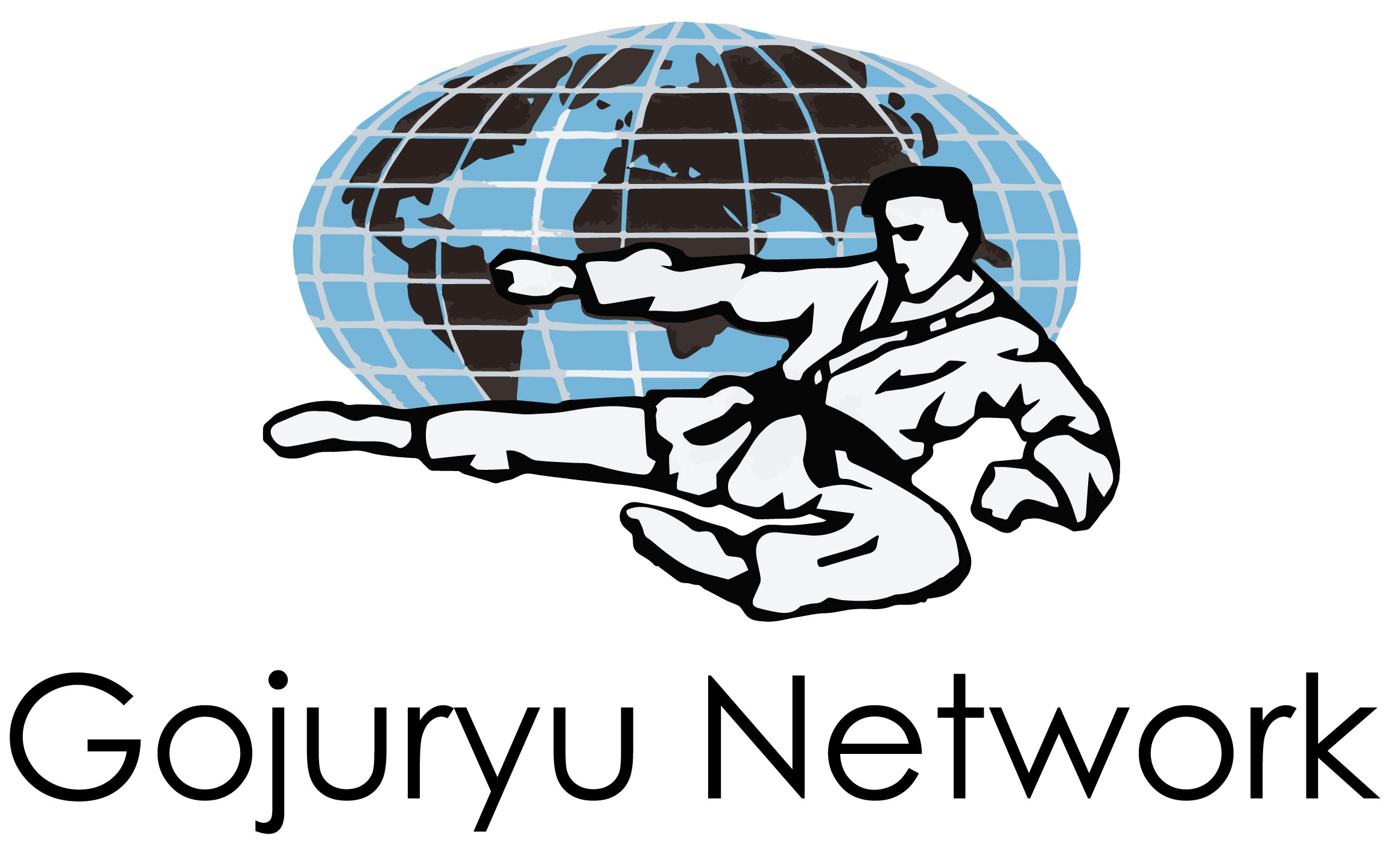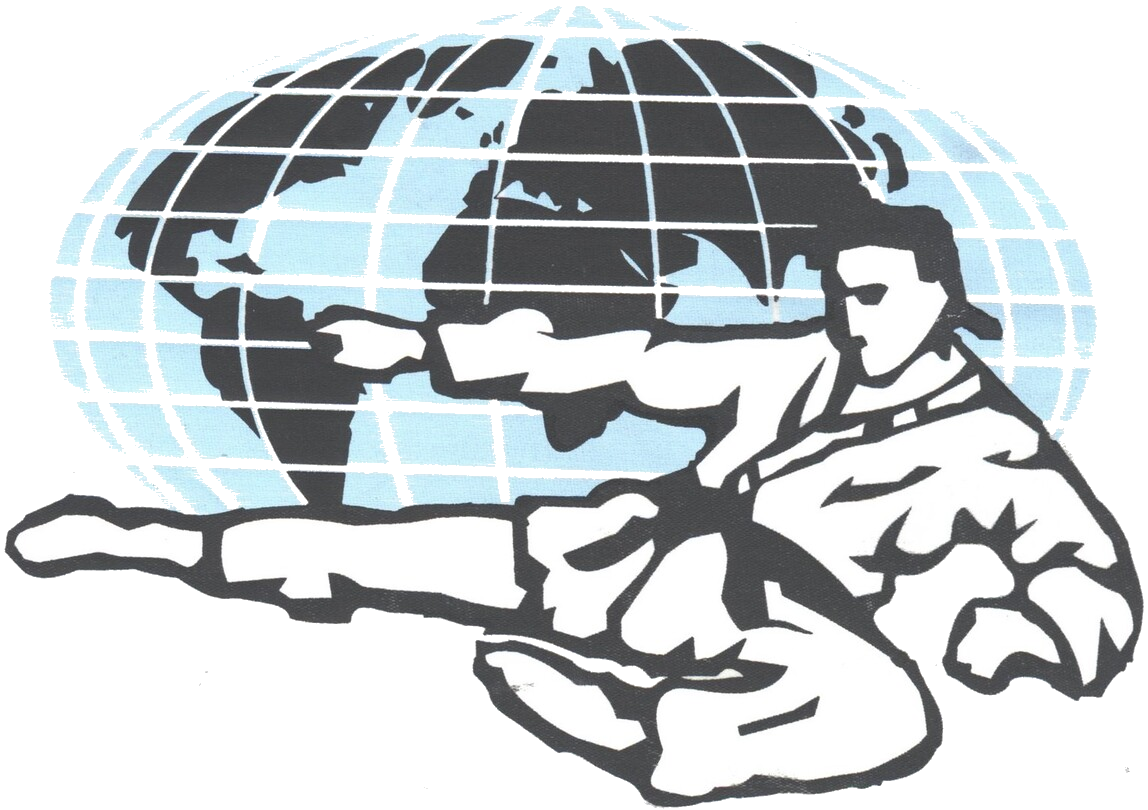The Rich Tapestry of Gōjūryū Karatedō: Unraveling Diversity and Philosophies
| This particular article is a revision and rewrite from it’s original we posted on Gojuryu Network back in February of 2002. Here we provide a little more ‘a contemporary touch’ and modernity to go along with the change in times. Enjoy. |
The world of Gōjūryū Karatedō and Karatedō in general is marked by a profound diversity, with countless organizations each championing their unique interpretation of this venerable martial art. This multiplicity often prompts the question: Why do so many different versions of Karatedō exist? To shed light on this, we explore the dynamics of unification and separation, the ebb and flow of power, and the redistribution of techniques and information within the martial arts sphere.
Karatedō-Jutsu: The Art of Self-Defense
At the heart of traditional Karatedō lie two main categories: Karatedō-Jutsu and Sport Karatedō. Karatedō-Jutsu, or “Karatedō as Bujutsu,” encompasses traditional martial arts and Okinawan Karatedō, focusing on self-defense and physical conditioning. Styles such as Mario Higaonna’s TOGKF Gojuryu exemplify Karatedō-Jutsu. This form of Karatedō is intended for combat, with many techniques too perilous for tournaments. Thus, demonstrations are preferred to preserve the integrity of Karatedō-Jutsu without compromising its lethal effectiveness.
Karate is a tapestry of talent and creativity, woven together by practitioners from various cultures and backgrounds. Each thread represents a unique style, philosophy, and approach to the martial art, contributing to the rich and vibrant mosaic that is Karatedō.

Karate is a tapestry of talent and creativity
In many cases, Karate-Jutsu has been taught in secrecy to prevent protagonists and competitors from learning one’s techniques and skills. This secrecy is a tradition that dates back to the days when Okinawa had to defend against Chinese, Portuguese Japanese Samurai and other villagers. The annual gathering of Bujutsu practitioners in Kyoto, known as Kyoto Taikai, is a testament to the rich diversity of martial arts schools in Japan, where various styles of Kenjutsu, Jujutsu, and Aikijutsu are demonstrated. This event serves as a reminder of the deep-rooted history and cultural significance of martial arts in Japanese society, and the ongoing commitment to preserving these traditions for future generations.
As we delve deeper into the world of Karatedō, we will uncover the various facets that contribute to its enduring appeal and relevance in today’s world. From the disciplined practice of Budo to the competitive spirit of Sport Karatedō, each aspect of this martial art offers valuable lessons and insights into the human condition, making Karatedō not just a form of self-defense, but a path to personal growth and self-discovery.
Budo: A Blend of Zen, Bujutsu, and Sports
Budo, as a concept, integrates Zen, Bujutsu, and sports, creating a holistic approach to martial arts where the safety and well-being of practitioners take precedence over the mere practicality of techniques. This philosophy is deeply rooted in the idea of personal development and self-mastery, both physically and mentally. For instance, in Kendo, strikes are meant to “hit” rather than “cut,” emphasizing the philosophical shift from “Satsujin Ken (killing sword)” to “Katsujin Ken (life-giving sword).” This transformation from Bujutsu to Budo is evident in the evolution of Karatedō, where some schools choose to remain as Bujutsu, focusing on the practical aspects of combat, while others adopt the Budo approach, emphasizing personal growth, discipline, and the harmony of mind, body, and spirit.
Sport Karatedō: Cultivating Character and Discipline
In contrast, Sport Karatedō, including Olympic Karatedō, aims to develop the practitioner’s character and discipline through martial techniques. Aligned with Budo principles, this form emphasizes character cultivation and the development of a well-disciplined individual who can make sound judgments and contribute positively to society. The genesis of Sport Karatedō traces back to Sensei Itosu’s teachings in Okinawa Middle Schools, where he merged Karatedō-Jutsu with the emerging concept of sports. Funakoshi Sensei further evolved this idea, transforming Karatedō into a discipline that also emphasizes character building and mental well-being, thereby broadening its appeal and applicability beyond the confines of self-defense.
The transition from Bujutsu to Budo is evident in the philosophical transformation of Karatedō, influenced by Funakoshi Sensei’s mentor, Dr. Jigoro Kano, the founder of judo. Dr. Kano’s innovative approach to judo, based on jujutsu, emphasized the importance of moral and mental development alongside physical training. This shift is also reflected in the transformation of Kenjutsu into Kendo, where the emphasis is on safety and the cultivation of character rather than mere combat effectiveness, thus aligning with the broader goals of Budo.
The Role of Tournaments in Budo and Sport Karatedō
Tournaments in Budo and Sport Karatedō serve as training tools rather than mere contests to determine winners. They offer practitioners an opportunity to embody the Budo spirit, exert themselves fully, and demonstrate humility in victory and grace in defeat. The focus is on the unity of mind and technique, rather than solely on technical skill. Tournaments are designed to assist in training, providing a platform for practitioners to test their skills, refine their techniques, and deepen their understanding of the art. The Budo Charter cautions that in matches and Kata performance, practitioners must manifest Budo, ensuring that the competitive aspect of the sport does not overshadow its deeper philosophical and ethical dimensions. This approach to competition fosters a sense of respect, camaraderie, and mutual growth among practitioners, reinforcing the core values of Budo in the context of modern sport.









